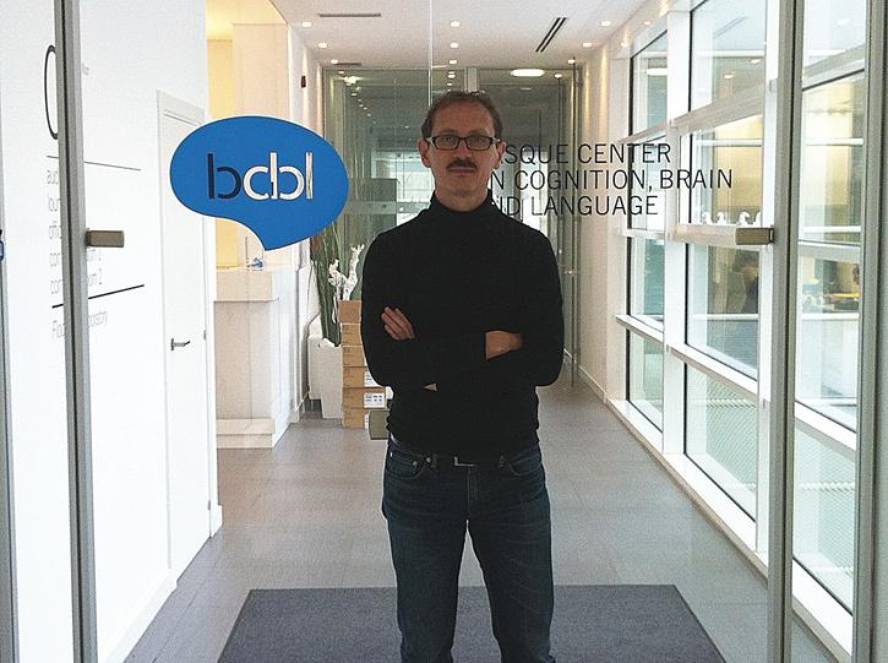Literature, stimulation for the brain
A research work carried out at the BCBL research centre in Donostia has shown that rhetorical figures have a suggestive capacity to stimulate brain activity. The results have been published in the journal NeuroImage.
In the words of BCBL researcher Nicola Molinaro, "the result of the research is related to the degree of abstraction necessary to process the rhetorical figures. Oxymoron is such a figure, for example." The syntactic structure of oximore is formed by two words or expressions of opposite meaning. For example, white night. In addition to Oxymorona, the research used wrong sentences, neutral and pleonints (names and friends add expressivity but are not necessary), using the same name as the subject. For example: geographic monster misrepresentation, monster solitary neutral expression, monster precious oxymoron and monster terrible pleonintention. Then, these lists of pairs of words were shown to people between 18 and 25 years old and, through the encephalogram, brain activity was measured during the processing of the manifestations.
"Research has shown that the less natural the statement is, the more resources the left of the front side of the brain needs to process expression," explains Molinaro. The neutral expression solitary monster is the one that requires less resources to process. The brain reacts to 400 milliseconds after detecting a bad expression of the geographical monster when discovering the error. On the contrary, in the case of oxymoron, 500 milliseconds after the expression is perceived in the left part of the front part of the brain activity, a part of the brain more developed by the human being than any other species, which is related to the language. In the case of pleonasmus, monstrous, it was observed that the activity was greater than in the case of neutral expression, but less than in the case of oxymoron.
In view of the results of the study, BCBL has decided to expand its research area. Molinaro, who has already started using magnetic resonance, wants to collect images that show brain activity when rhetorical figures are processed. The final objective is to analyze the connections between two parts of the brain that significantly affect the processing of meaning: the hippocampus and the left of the façade.






